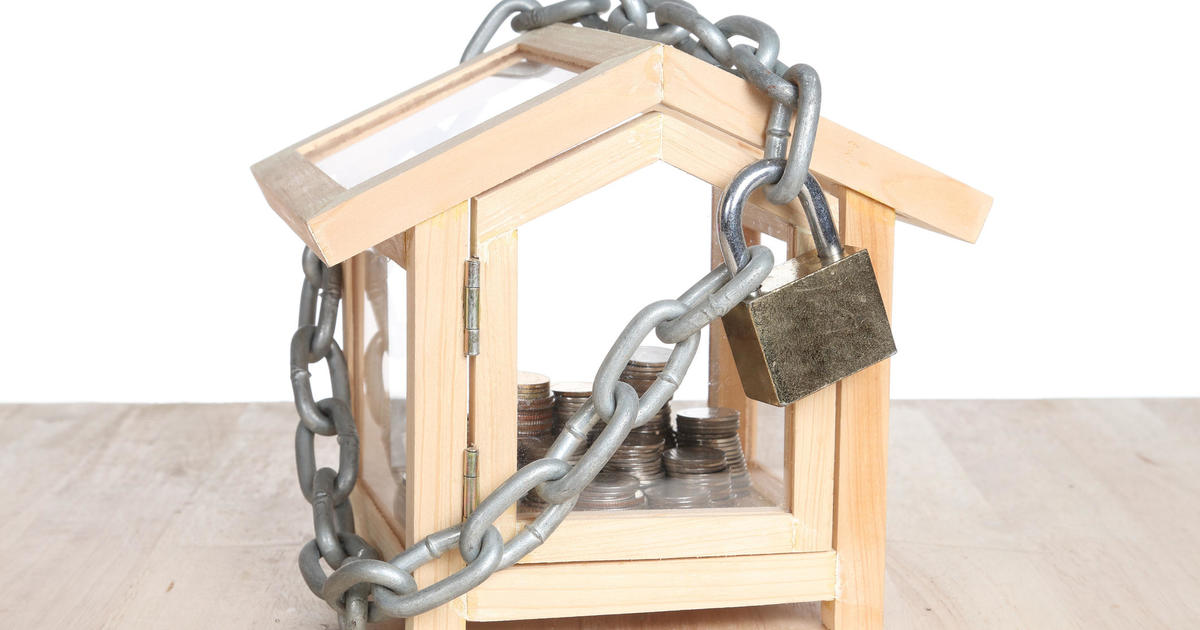Fed set to shrink huge bond portfolio, pushing up interest rates
The Federal Reserve is getting set to announce Wednesday how it will unload its massive holdings of long-term bonds. Unwinding the $4.5 trillion portfolio would tend to put upward pressure on long-term rates, especially mortgage ones.
The Fed is hiking interest rates two ways. For short-term borrowings, it is boosting rates in increments of a quarter percentage point, and is expected to do that again on Wednesday. Then there are the long rates: Fed Chair Janet Yellen is widely anticipated to detail a plan to gradually lighten the Fed's bond trove, which consists of Treasuries and mortgage-backed securities.
"This will be measured and deliberate," said Greg McBride, chief financial analyst for Bankrate.com. "The impact will be on the long end of the curve," mainly affecting corporate bond and mortgage rates, whose yields often are correlated to 10-year Treasury notes.
The central bank's long-term securities stash amounted to $900 billion before the financial crisis. But as an economic stimulus move, the Fed launched its program to buy bonds, which was aimed at keeping long-term rates low, and thus aid borrowing.
Now, with the economy on fairly firm ground -- gross domestic product growth is lackadaisical, but unemployment is low -- Yellen wants to reverse the process, perhaps trimming the bond portfolio to about $2 trillion. The Fed halted its program to add bonds in 2014, and has maintained its hoard at the $4.5 trillion level by reinvesting the principal in new bonds when the older ones mature.
Under the new policy, the Fed wouldn't reinvest the principal but instead remit it to the U.S. Treasury Department. That way, bond buyers would no longer have to compete for a smaller supply of publicly available bonds by paying less in interest. More publicly available bonds would tend to lower their prices -- and lift their yields, which move in the opposite direction from prices.
"This will unleash government bonds into the public market," said Paul Eitelman, multi-asset investment strategist with Russell Investments, rather than leaving a big batch of them quarantined at the Fed.
The trick is to avoid a reprise of the 2013 "taper tantrum," triggered when Yellen's predecessor, Ben Bernanke, said the Fed would begin scaling back its bond purchases. This sparked a selloff in the stock market, which had benefited from lower rates because, among other things, they drove investors in search of better returns to riskier alternatives such as equities. Interest rates also jumped on the news.
The Fed may allow $10 billion in bonds per month to mature and run off its balance sheet, predicted Russell's Eitelman. He said he believed the program would start in December and last perhaps five years. The size of the holdings not recycled likely would increase with time.
Of course, there is a debate on whether the bond-buying program did much good. David Levy, chairman of the Jerome Levy Forecasting Center, pointed out that high demand for U.S. bonds in recent years occurred for reasons other than Fed actions.
The woes of southern Europe, emerging market troubles, a Chinese growth slowdown and other perceived calamities drove investors -- particularly foreign ones -- to the safety of Treasury bonds. That bid up the bonds' prices and pushed down yields, exactly what the Fed sought to do. The Fed's buying "is not the issue most people think it is," he said.
Why is the Fed eager to reduce its bond holdings? The bloated balance sheet is a political liability on Capitol Hill, where Republicans continue to eye imposing more oversight on the independent Fed. Plus, during the next recession, the Fed will have more room to expand its holdings again to try goosing the economy.
By proceeding at a gradual pace, the Fed would minimize any market disruption. Anthony Karydakis, an adjunct economic professor at New York University, predicted in a Barron's article that this policy should keep the 10-year Treasury yield at 3 percent through early 2018.
Now, the 10-year T-note yields 2.2 percent, down from 2.6 percent in March. So any change at the outset would not likely be radical.



